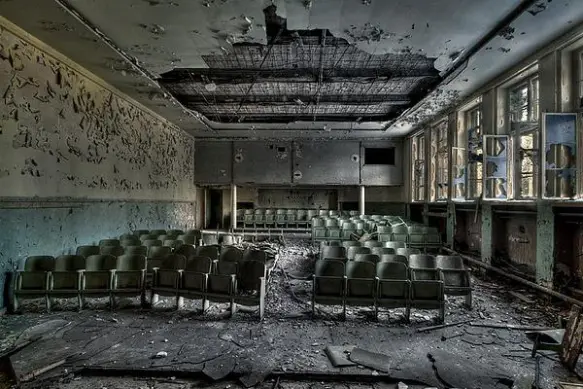The darkened theater, the collective gasp of the audience, the shared experience of being transported to another world – these are the hallmarks of the movie-going experience that have captivated audiences for over a century. However, the rise of streaming services like Netflix, HBO Max, and Disney+ has sparked a debate: is cinema dead? While the traditional model faces challenges, the answer may not be as simple as a binary yes or no. This article explores the impact of streaming services on movie theaters, analyzing changing cinema attendance patterns, the types of films that still draw audiences to theaters, and the potential future of the experience of watching movies on the big screen.
The Disruption of Distribution: Streaming Giants Shake Up the Landscape
The convenience and affordability of streaming services have undeniably impacted how people consume movies. Audiences now have access to vast libraries of films at their fingertips, eliminating the need to travel to a theater, purchase tickets, or contend with crowds. This shift in viewing habits has led to a decline in traditional cinema attendance, particularly for mid-budget films that may not have the same appeal when viewed on a smaller screen at home.
Box Office Slump: A Decline in Ticket Sales, But Not Necessarily the End
The COVID-19 pandemic further exacerbated this trend, with many theaters forced to close or operate at limited capacity. While box office revenue has shown signs of recovery in recent years, it hasn’t reached pre-pandemic levels. This decline, particularly for certain genres, raises concerns about the long-term viability of the movie theater industry.
Blockbusters Still Shine: The Big-Screen Experience for Event Films
However, the death of cinema may be a hyperbolic notion. Despite the rise of streaming, certain types of films still draw audiences to theaters. Big-budget blockbusters, with their spectacular visuals and immersive sound design, are tailor-made for the larger-than-life theatrical experience. Movies featuring special effects-laden action sequences, stunning landscapes, or epic battles continue to perform well at the box office, showcasing the unique power of cinema to transport audiences to completely different worlds.
The Social Aspect Endures: Shared Experiences and Community Gathering
Beyond the technical spectacle, cinema offers a social experience that is difficult to replicate at home. The act of watching a movie with a large audience creates a sense of shared emotion and connection. Laughing alongside strangers, cheering for the hero, or gasping in horror together are communal experiences that contribute to the magic of movies. For some viewers, the social aspect of cinema remains an irreplaceable part of the movie-going experience.
A New Era of Collaboration: Studios Experiment with Release Strategies
The relationship between streaming services and movie theaters is evolving. Some studios have experimented with simultaneous releases on streaming platforms and in theaters, leading to accusations of cannibalization of box office revenue. Others have adopted a windowing strategy, allowing a film to play exclusively in theaters for a period before becoming available to stream. Finding the right balance between these two models will be crucial for studios to maximize profitability while ensuring that audiences have access to their content in a way that suits their preferences.
A Focus on Premium Experiences: Upscale Theaters and Unique Events
Theater chains are also adapting to compete with the convenience of streaming services. Many are focusing on creating premium experiences, such as reclining seats, in-theater dining, and luxury auditoriums with advanced sound and projection systems. Additionally, some theaters are hosting special events, like director Q&A sessions or behind-the-scenes featurettes, to offer unique benefits that enhance the movie-going experience and incentivize audiences to choose theaters over streaming.
The Future of Cinema: A Co-Existing Landscape
The rise of streaming services undoubtedly presents challenges for the traditional cinema industry. However, cinema is not dead. While its role may need to adapt in the face of changing consumer habits, the unique power of the big-screen experience will continue to hold value for many audiences. The future of cinema likely lies in co-existence with streaming giants, finding a complementary space within the evolving entertainment landscape. By offering premium experiences, capitalizing on the social aspects of movie-going, and catering to specific types of films, theaters can ensure their continued relevance in the age of streaming.
